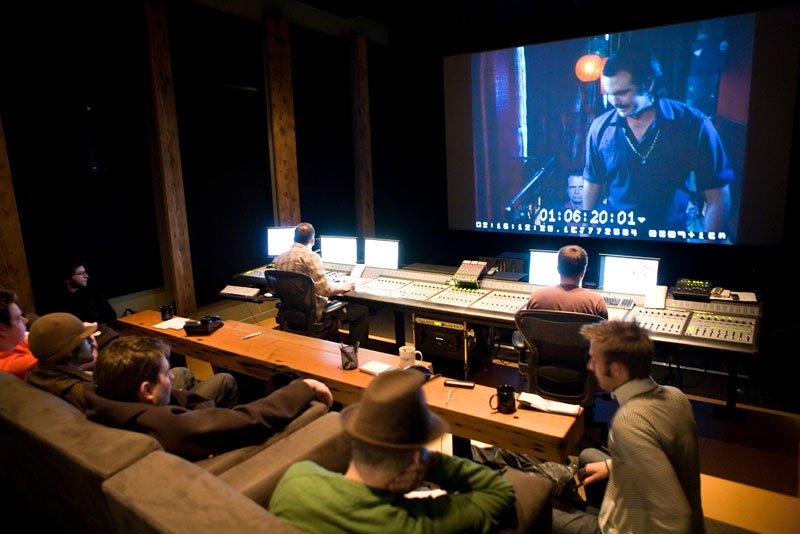Sound in Film: Why Sound Matters More Than You Think

In the world of filmmaking, visuals often steal the spotlight. Directors and cinematographers dedicate countless hours to perfecting lighting, framing, and camera movement, embracing film as a primarily visual medium. Yet there’s a paradox that both film students and professionals quickly discover: a film with poor visuals but clear sound is far more watchable than one with stunning visuals and poor audio.
The Role of Dialogue in Storytelling
This isn’t about complex neurological phenomena or how fast the brain processes data. The explanation is simple and rooted in storytelling. Most films rely on dialogue to drive the plot and connect with the audience. Sound—whether it’s dialogue, music, or ambient noise—delivers the emotional and narrative core of a story. If the audience can’t hear or understand the dialogue, they lose the thread entirely.
Why We Tolerate Poor Visuals
On the other hand, visual imperfections—grainy footage, low lighting, or even a slightly out-of-focus shot—may be distracting but rarely derail the story. Viewers can tolerate these flaws as long as the sound keeps them engaged. You could close your eyes during a scene and still follow the plot, but turning off the sound for even a few moments could leave you completely lost.
The Filmmaker’s Oversight
Despite this, sound often gets overlooked in production. Budgets are disproportionately allocated to cameras, lenses, and lighting rigs, leaving sound as an afterthought. On set, capturing quality audio is frequently entrusted to a single crew member working with limited tools and time. The result? Films with stunning visuals but distracting or unclear audio.

Photo Credit: Flickr
Why Sound Deserves More Attention
Sound is more than just dialogue. It creates atmosphere, builds tension, and evokes emotions in ways visuals alone cannot. A carefully designed soundscape can elevate even the simplest scene, while poor audio can ruin the most visually stunning sequence. Filmmakers who prioritize sound design and invest in quality audio capture often find their work resonates more deeply with audiences.
Conclusion
In filmmaking, both sound and visuals are essential, but sound plays a uniquely critical role in storytelling and emotional engagement. While audiences may forgive subpar visuals, they’re far less tolerant of poor audio. For filmmakers, the takeaway is clear: treat sound with the same care and attention as visuals—because it’s often what keeps the story alive.
Let’s Collaborate!
Need help building the tone for your production? Hit us up – the Rareform Audio team would love to help you create the perfect soundtrack that speaks to your audience and enhances the power of your visual storytelling to new heights!
A weekly glimpse into the world of music & media with insider news, sync licensing opportunities, creative insight, and discussions.
Rareform Highlights
Black Sheep Music & Rareform Audio strike back in the Star Wars universe.
Rareform Audio & Black Sheep Music launch a cinematic music catalog engineered for storytelling at scale.
Black Sheep Music & Rareform Audio join forces with Bungie
Join our Spotify Playlist and vibe with us! Featuring an array of tunes our team has been listening to.
Rareform Audio, an innovative leader in music and audio post-production, specializes in custom music creation, sound design, sonic branding and a vast catalog of diverse genres. Our talented roster of artists, composers and sound designers elevate projects for film, TV, ads, trailers and video games by merging artistry with cutting-edge soundscapes.



































